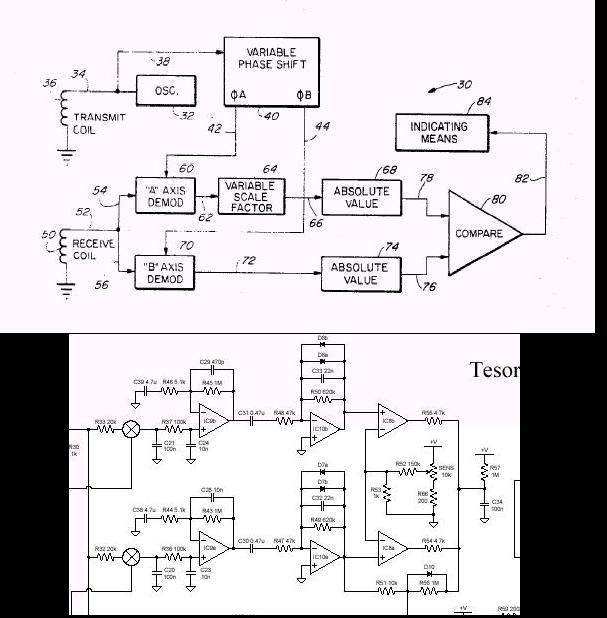
How close is the posted Bandido schematic to what is described in the patent? I have been studying both, but I cannot see anything in the two sample branches in the Bandido schematic that has to do with absolute value going to the comparator.
Is there maybe a different patent for the Badido, or am I missing something?



Comment